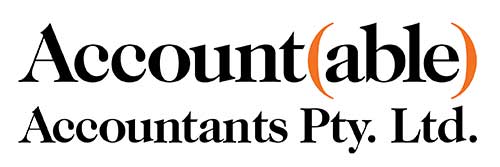Use cashflow effectively to reduce your debt
If you are currently spending less than you earn, you could use your surplus cashflow to save on interest and reduce your debt faster.
HOW DOES THIS STRATEGY WORK
- Increasing the repayment frequency (eg from monthly to fortnightly). This can reduce your average daily loan balance even though the annual repayments remain the same.
- Increasing the repayment amount. This involves using more of your surplus cashflow to pay off your loan sooner.
- Crediting your entire salary automatically into your home loan or a 100% offset account (if available). By doing this:
– Your salary hits your loan account sooner, having the same effect as increasing the repayment frequency.
– Your salary is immediately used to reduce the size of the loan, having the same impact as increasing the repayment amount.
– You may achieve a higher after-tax return than if your salary is paid into a cash account. This is because your salary will reduce the balance on which your home loan interest is calculated. As a result, you will effectively earn the rate of interest charged by your home loan and no tax is payable on these earnings.
– You can access your money (either from a 100% offset account or using the loan’s redraw facility) to meet your living expenses during the month.
OTHER CONSIDERATIONS
- If you are considering salary crediting, check whether your payroll provider can pay your salary either directly into your home loan or a 100% offset account.
- Your lender may not allow you to make additional repayments into the fixed rate component of the loan.
- You should ensure you have enough insurance to protect your income and cover loan repayments in the event of your death or disability.
CASE STUDY: USE CASHFLOW EFFECTIVELY TO REDUCE YOUR DEBT
The following table shows the results from 3 different strategies. These include:
- Increasing the repayment frequency from monthly to fortnightly (by paying $1,455 each fortnight rather than $3,153 per month).
- Increasing the repayment amount by $20 per fortnight to $1,475.
- Crediting their entire salary into a 100% offset account and withdrawing money as required to meet their living expenses. By doing this, their entire surplus cashflow will be used to accelerate the repayment of their debt.
By using the salary crediting strategy, Jessica and Roger could reduce their home loan term by over 5 years and save up to $198,875 in interest. Also, by paying off their home quicker, they’ll build a considerable amount of equity in the family home each year.
Assuming they then wish to build their wealth further, they could use this equity as security for an investment loan.
| Loan term | Total interest payments | |
| Before strategy | 20 years | $355,988 |
| Changing payment frequency | 19 years 2 months | $327,721 |
| Increasing regular repayments | 18 years 8 months | $317,021 |
| Salary crediting | 9 years and 10 months | $157,113 |
* Assumptions: The home loan interest rate is 7.5% pa. The home loan term is 20 years. Jessica and Roger earn annual pre-tax salaries of $94,850 and $58,550 respectively. Salaries and combined living expenses are increased by 3% pa.
Our financial planner, Paul Davis can help you assess all the issues that need to be considered and determine whether and how you could us your cashflow to pay off your home loan faster.
Call (03) 5366 1000
Email: p.davis@weareaccountable.com.au
- An offset account is a transaction account that is linked to a home (or investment) loan and the balance is directly offset against the loan balance before interest is calculated.
- If your home loan has a redraw facility, you can make extra payments directly into your loan and withdraw the money if necessary. You should confirm with your lender whether any fees or other restrictions apply.

